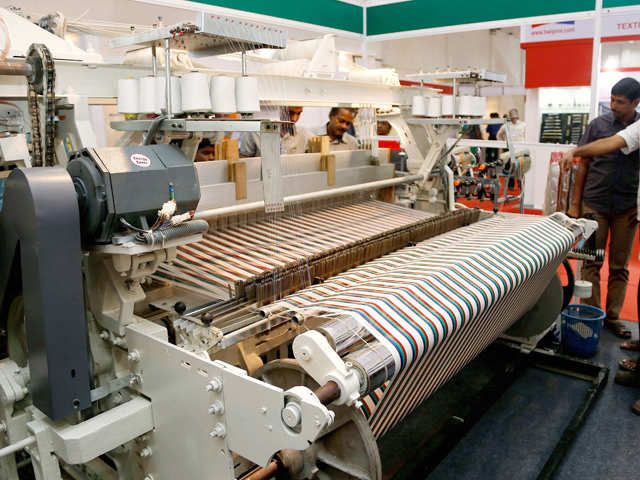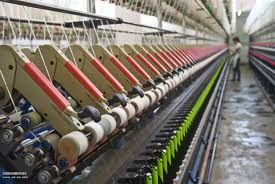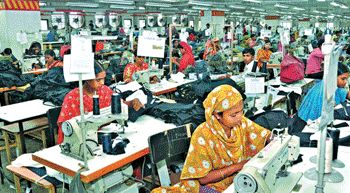Textile Industry Of India
Jun 11, 2019 • 26 views

Textile industry is one of the oldest sector of India and it still accounts for about 11% of the total exports of India. It has a large labour and employer base. It is branched into two parts: First, the unorganised sector which consists of traditional and conventional methods handlooms, handicrafts and sericulture, which are operated on a smaller scale and by traditional tools. The second parts is the organised sector consisting of spinning, apparel and garments segment which use modern machinery and techniques.

MARKET SIZE
This industry employs around 60 million people directly and indirectly. The exports for last year in this industry were $50 billion approximately.
Textile industry in india at presents accounts for $110 billion and is expected to reach $223 billion by 2022. It accounts for about 5% of India's GDP and 14% toIndex of Industrial Production (IIP).
According to a study by Wazir Advisors and PCI Xylenes & Polyester, India's textile imdustry has a potential to reach $500 billion in size.

GOVERNMENT INITIATIVES
1.) India’s first unified textile city, which will largely look into the export market and build a brand for Indian textiles in other countries, is expected to be set up in Andhra Pradesh
2.) The Department of Handlooms and Textiles, Indian government, has tied up with nine e-commerce players and 70 retailers to increase the reach of handlooms products in the Indian market, which will generate better prices and flowing business, besides facilitating direct access to markets and also consumers for weavers.
3.) The Indian government has begun advertising of its ‘India Handloom’ initiative on social media like Facebook, Instagram and Twitter with a view to connect with customers in order to promote high quality handloom products.

4.) The Indian government has implemented some export promotion measures such as Focus Market Scheme, Focus Product Scheme and Market Linked Focus Product Scheme for rising share of Indian textile exports.
5.) The government has also proposed to extend 24 hours and 7 days customs clearance facility at 13 airports and 14 sea ports in order for faster clearance of import and export cargo.
FUTURE OF TEXTILE INDUSTRY IN INDIA
The future of textile industry in India is very promising, thanks to both domestic as well as international demands. With the increase in consumption and the disposable income of the consumers, there has been a tremendous growth in this sector encouraging foreign players to enter the Indian players.
Recent years has shown a fast economic growth, leading to high disposable income of Indian consumers, resulting a huge domstic demand.
